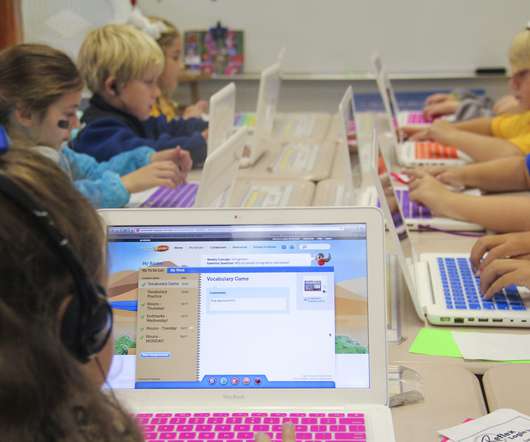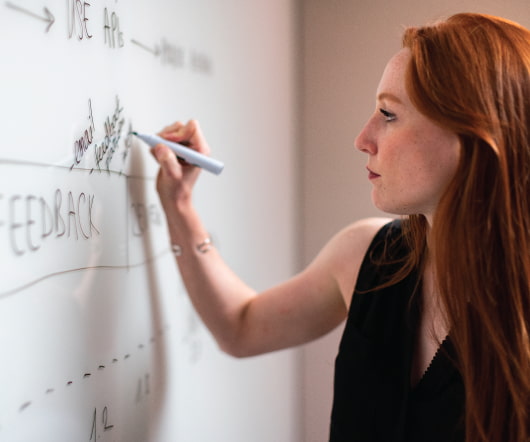Part Three: Beyond SAMR… Making Sure Technology Supports Content Standards
21st Century Educational Technology and Learning
JULY 20, 2017
In this post I would like to introduce you to way that you can ensure the standards are amplified, and not ignored, by the integration of educational technology. They include; One-Half Day PBL Splash, Full Day PBL Starter; and a One-Half Day Technology Workshop dedicated to amplifying standards and process using Technology.
















Let's personalize your content